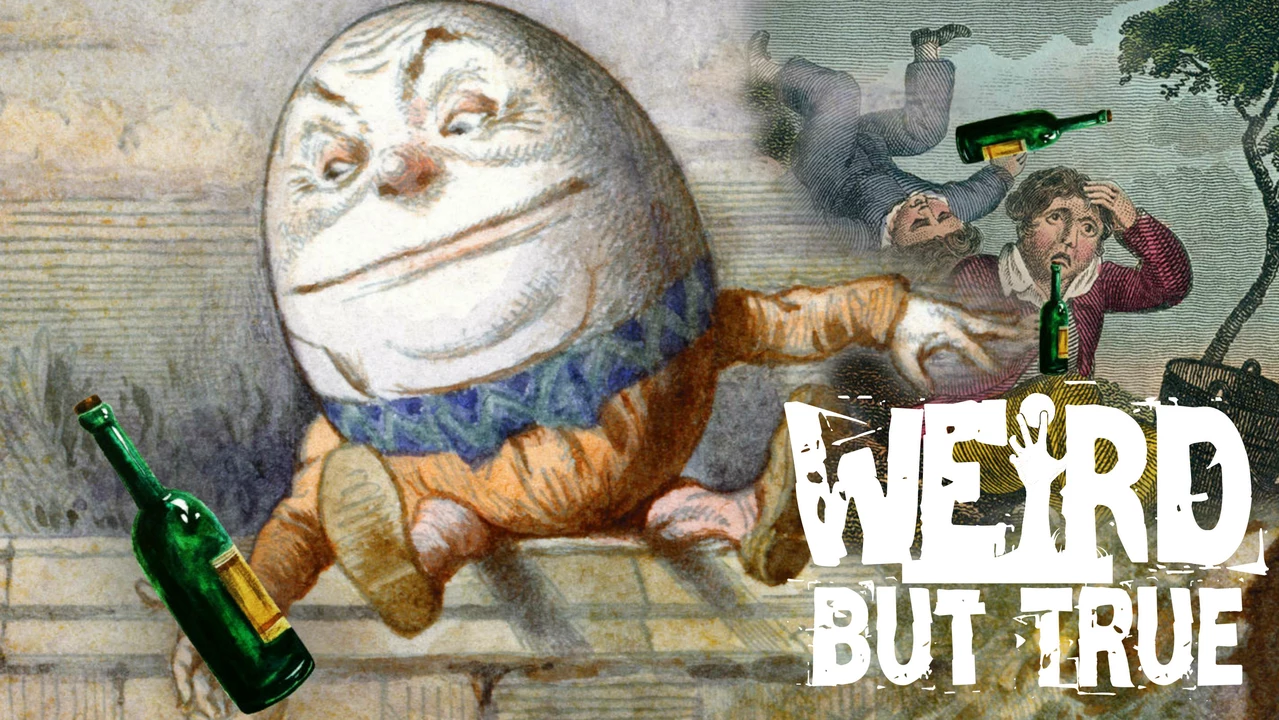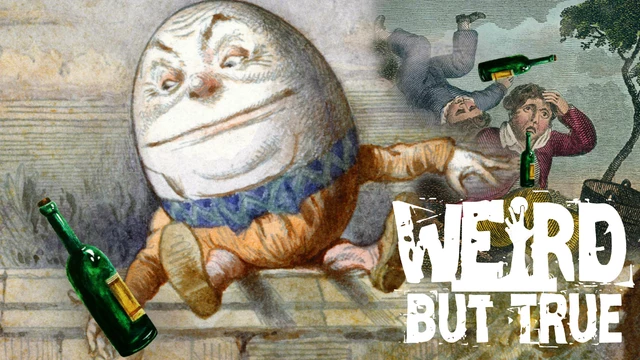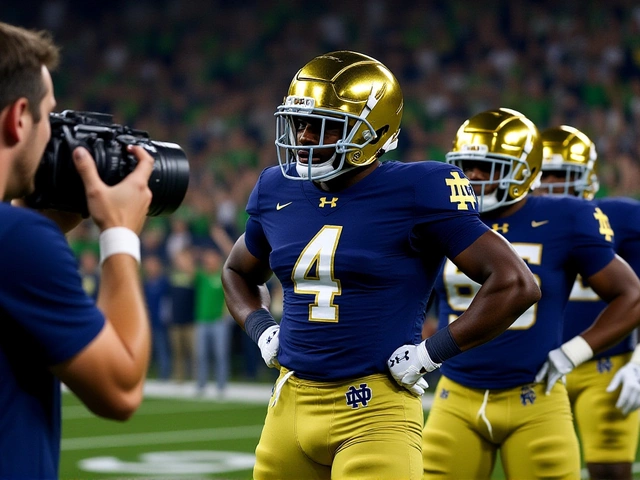Uncovering the Dark Origins of Nursery Rhymes
Nursery rhymes have been a part of our childhood, providing us with innocent melodies to sing along to and playful stories to share. However, as we delve deeper into the origins of these seemingly innocuous verses, we may discover a darker side to these well-loved tunes. In this article, we'll explore the true dark history behind some of the most famous nursery rhymes and learn about the hidden meanings and stories that have been passed down through generations.
Mary, Mary, Quite Contrary: A Tale of Bloody Mary
On the surface, "Mary, Mary, Quite Contrary" seems like a simple nursery rhyme about a girl and her beautiful garden. However, the true story behind this rhyme is far from innocent. Some historians believe that the Mary in this rhyme is actually a reference to Queen Mary I of England, also known as "Bloody Mary" due to her brutal persecution of Protestants during her reign.
The "silver bells" and "cockle shells" mentioned in the rhyme are thought to symbolize the torture devices used by the Catholic Queen to execute her Protestant enemies. The "pretty maids all in a row" could be a nod to the numerous executions carried out during her reign. Although this interpretation of the nursery rhyme is debated, the possible connection to Bloody Mary adds a chilling layer to this seemingly innocent verse.
Ring Around the Rosie: The Great Plague
"Ring Around the Rosie" is a popular nursery rhyme that has been enjoyed by children for generations. But did you know that this playful tune is believed to have originated from the Great Plague of London in 1665? The "rosie" in the rhyme refers to the red rash that was one of the first symptoms of the disease, and the phrase "a pocket full of posies" is thought to represent the herbs and flowers people would carry with them in an attempt to ward off the illness.
The line "ashes, ashes, we all fall down" is perhaps the most chilling part of the rhyme, as it is believed to symbolize the mass deaths caused by the plague. While this interpretation of "Ring Around the Rosie" is not universally accepted, the possible connection to such a dark and deadly period in history adds a sinister tone to this seemingly innocent children's song.
Humpty Dumpty: A Powerful Cannon
Most of us are familiar with the story of Humpty Dumpty, a large egg who falls off a wall and cannot be put back together again. However, the true origin of this nursery rhyme may have more to do with a powerful cannon than a fragile egg. During the English Civil War in the 17th century, a cannon named "Humpty Dumpty" was mounted on the walls of the St. Mary's Wall Church in Colchester.
When the church was under siege, the cannon fell from the wall and could not be recovered, leading to the eventual capture of the town. The phrase "all the king's horses and all the king's men" refers to the soldiers who tried – and failed – to repair the damaged weapon. While the egg character has become the face of this nursery rhyme, its origins lie in a story of military strife and defeat.
Jack and Jill: A Tragic Love Story
Jack and Jill is a classic nursery rhyme about two children who go up a hill to fetch a pail of water. However, there is a darker, more tragic interpretation of this seemingly innocent story. Some historians believe that Jack and Jill were actually a young couple in 18th century England. The phrase "Jack fell down and broke his crown" could be a reference to Jack's untimely death, while "Jill came tumbling after" suggests that Jill, who was pregnant at the time, also met a tragic end.
Another theory suggests that the nursery rhyme is a reflection of the hardships faced by people during this period, such as the difficulty of obtaining water and the dangers faced by young couples in love. Whichever interpretation you choose to believe, the true story behind Jack and Jill is certainly not the lighthearted tale we once thought it to be.
London Bridge is Falling Down: A Bridge Steeped in History
"London Bridge is Falling Down" is a well-known nursery rhyme that has been sung by children for centuries. While the lyrics may seem like a simple game or riddle, some historians believe that the rhyme has a much darker origin. The original London Bridge, which was built by the Romans, was destroyed and rebuilt numerous times throughout history. Some versions of the rhyme suggest that the bridge was in a constant state of disrepair, leading to accidents and fatalities.
Another theory claims that the nursery rhyme is a reference to the practice of immurement, in which human sacrifices were allegedly buried within the foundations of the bridge to ensure its stability. While these theories are not widely accepted, the idea that the iconic London Bridge has such a dark history adds a chilling layer to this popular nursery rhyme.
Three Blind Mice: A Royal Critique
At first glance, "Three Blind Mice" seems like a harmless tale about three mice who are chased by a farmer's wife. However, some historians believe that this nursery rhyme actually has a darker, political origin. The three blind mice are thought to represent three Protestant bishops who were convicted of plotting against Queen Mary I of England, the same "Bloody Mary" from the "Mary, Mary, Quite Contrary" rhyme.
The "farmer's wife" in the rhyme is believed to be a reference to Queen Mary herself, who had the bishops burned at the stake for their alleged treachery. The gruesome imagery of the mice being pursued by a knife-wielding woman takes on a whole new meaning when we consider the possible political context behind this seemingly innocent nursery rhyme.
Conclusion: The Dark History Lurking Beneath Our Favorite Nursery Rhymes
As we've explored in this article, many of our favorite nursery rhymes have a much darker history than we ever realized. From political intrigue to deadly diseases, these seemingly innocent verses often hold hidden meanings and stories that have been passed down through generations. While we may never know the true origins of these nursery rhymes, their dark histories serve as a fascinating reminder of the complex and often sinister world that lies just beneath the surface of our most cherished childhood memories.







